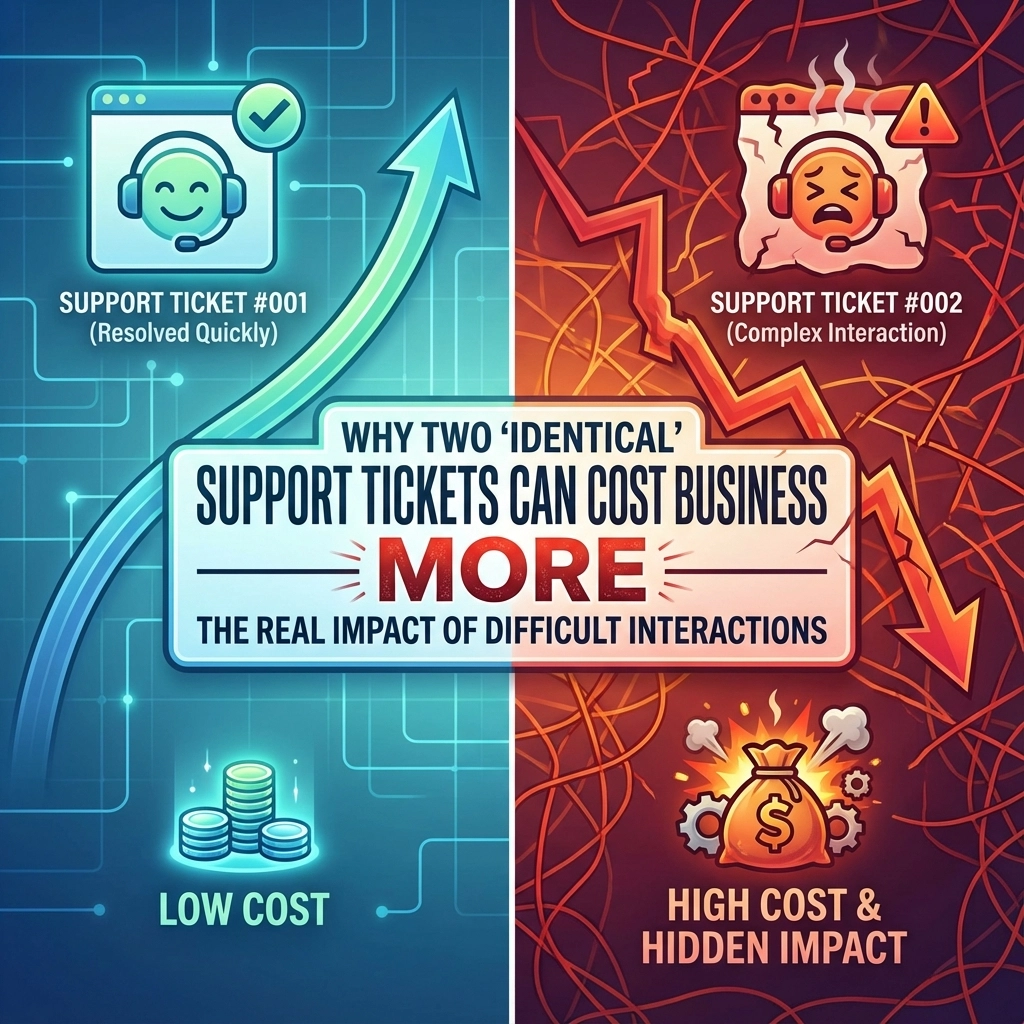In today’s hyper-connected world, cyber attacks are a grim reality for businesses of all sizes. The costs of an attack can be immense, with IBM’s 2023 report finding the average data breach costing a staggering $4.35 million [1]. This highlights the necessity of layered cybersecurity and cyber insurance.
Layered Defenses: The Key to Robust Protection
Picture your cybersecurity like a medieval castle. A single wall might deter some attackers, but multiple layers are far more effective:
- Firewalls and Network Security: The gatekeepers, blocking unauthorized traffic.
- Antivirus & Anti-malware: Software knights battling invading malware.
- Data Encryption: Scrambling critical information, making it useless if stolen.
- Regular Patching: Repairing vulnerabilities in your defenses.
- Employee Education: Training your team to spot and avoid cyber traps.
Why Layered Security Matters for Insurance Claims
Cyber insurance is valuable, but don’t think of it as a free pass. Insurers increasingly scrutinize cybersecurity before offering coverage. Here’s how a layered approach impacts your policy:
- Lower Premiums: Strong security translates to reduced risk, often leading to better rates.
- Better Coverage: Demonstrate dedication to data protection for comprehensive coverage.
- Claims Approval: A NetDiligence study shows inadequate cybersecurity significantly increases the likelihood of claims being denied or payouts reduced [2].
Real-World Example: A major healthcare provider’s claim was denied after a ransomware attack. The insurer determined the provider failed to implement basic security protocols like multi-factor authentication, leaving them vulnerable [3].
Don’t Let Cyber Attacks Bankrupt You
Layered security is a continuous investment. Regularly adapt and evolve your protection as cyber threats change. Prevention is far cheaper than a devastating breach. Insurance is a critical safety net, but don’t let it be your only one. Be proactive and fortify your business now.
References
[1] IBM Cost of a Data Breach Report 2023 (https://www.ibm.com/security/data-breach)[2] NetDiligence Cyber Claims Study 2022
[3] HIPAA Journal: OCR Settles HIPAA Case with Excellus ([[invalid URL removed]]([invalid URL removed]))
Important Note: The Excellus Health Plan case is a real example where lack of multi-factor authentication was a contributing factor.
Share this:
- Click to share on Facebook (Opens in new window) Facebook
- Click to share on Tumblr (Opens in new window) Tumblr
- Click to share on X (Opens in new window) X
- Click to share on Pocket (Opens in new window) Pocket
- Click to share on Pinterest (Opens in new window) Pinterest
- Click to share on LinkedIn (Opens in new window) LinkedIn





